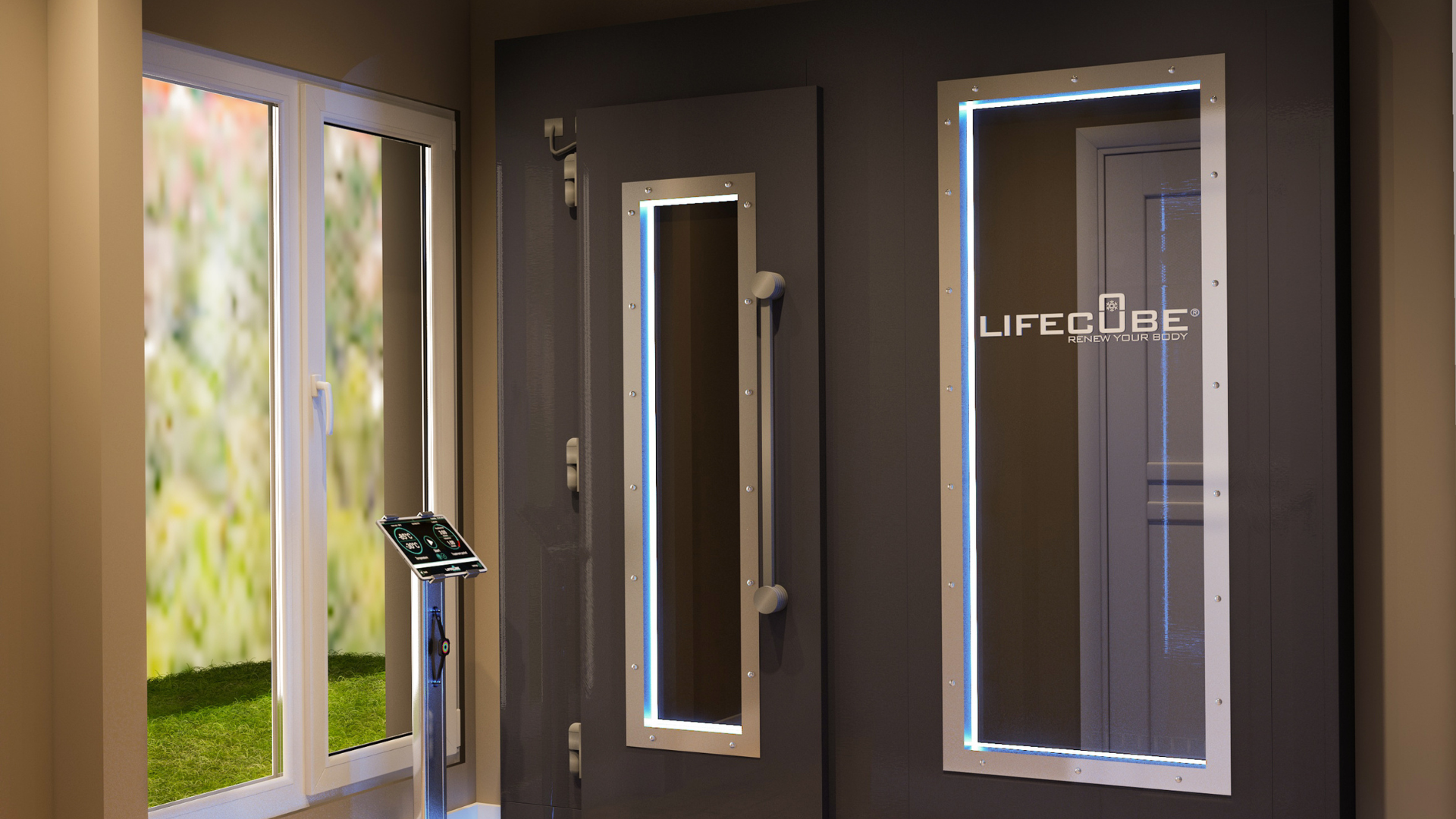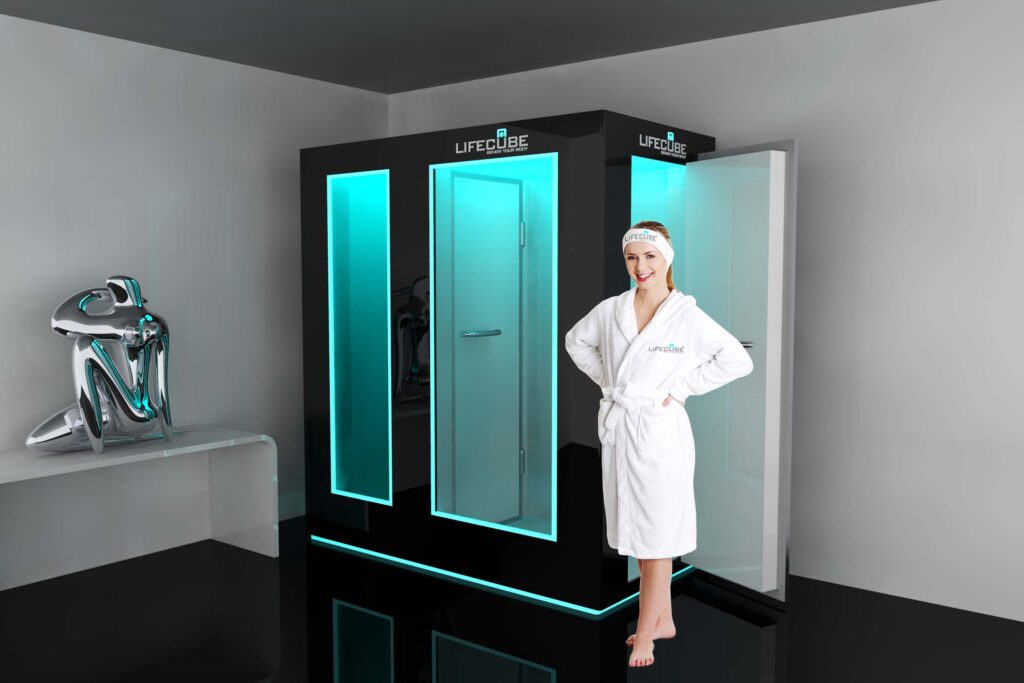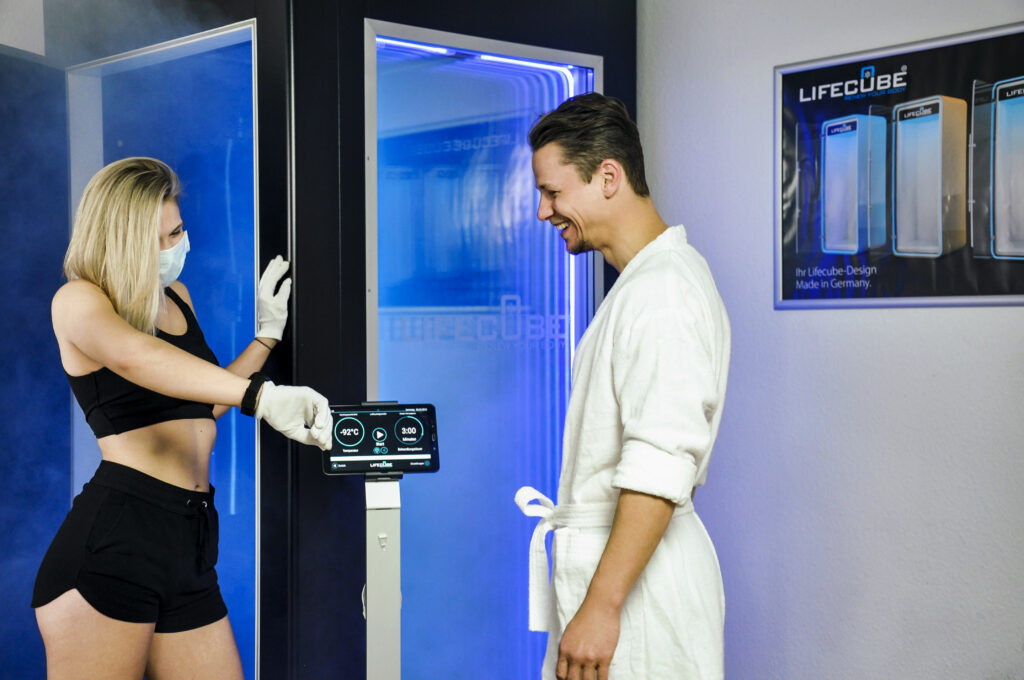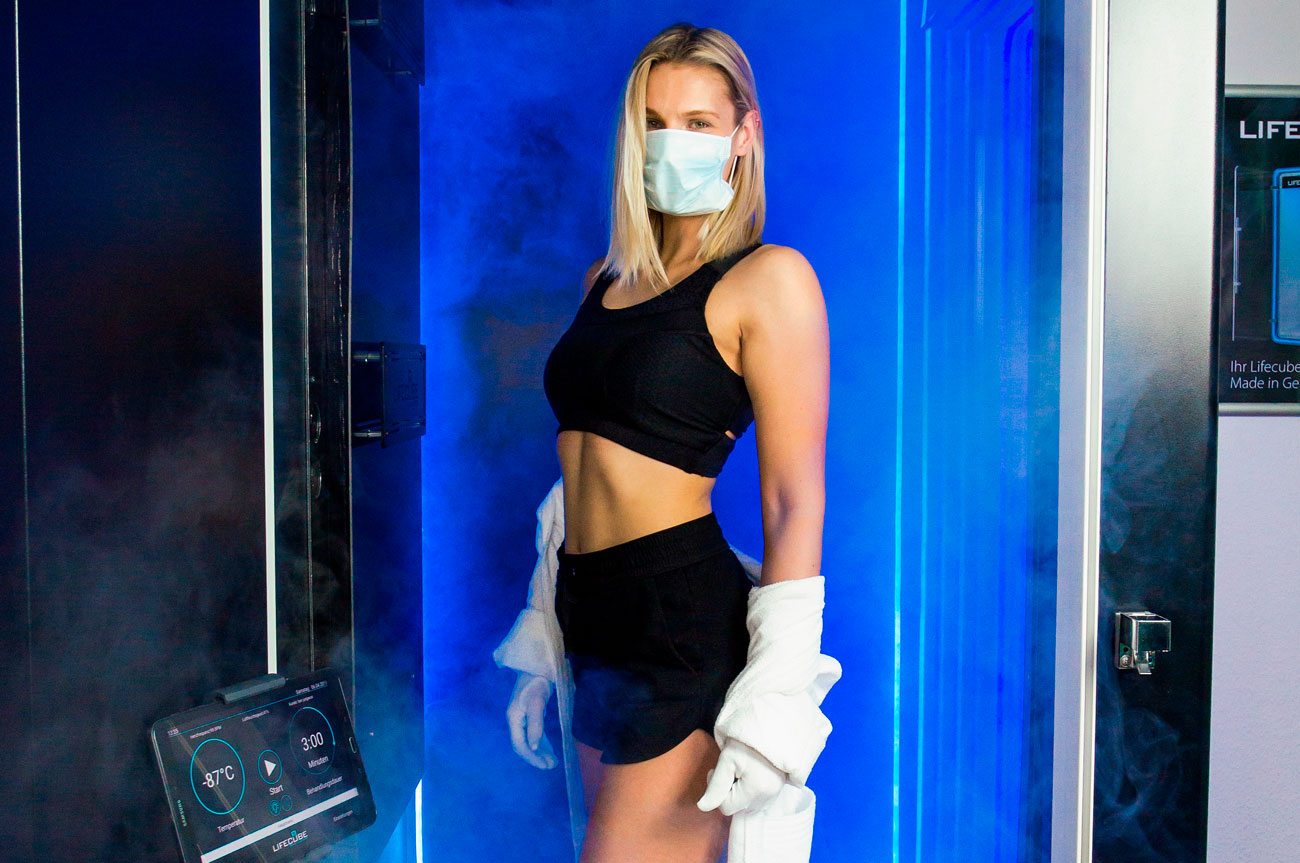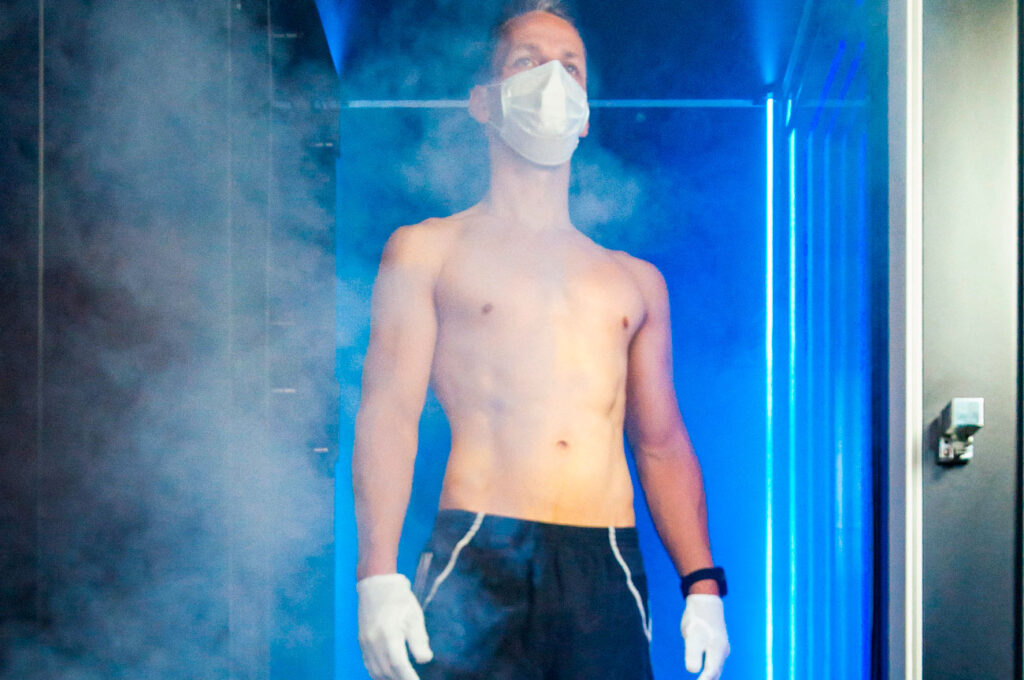But what if the answer isn’t in a warm bath or herbal tea… but in standing inside a freezing cold chamber at -110°C? Enter cryotherapy for mental health —a chilly treatment that’s making serious waves for more than just its physical perks. While it’s already known for helping athletes recover faster and giving skin that post-freeze glow, more and more people are turning to it for mental clarity, mood enhancement, and yes, even relief from anxiety. With the rise of cutting-edge clinics offering cryotherapy in London, it’s never been easier to give this cool therapy a try.
Sound mad? Let’s break it all down.
What Exactly is Cryotherapy?
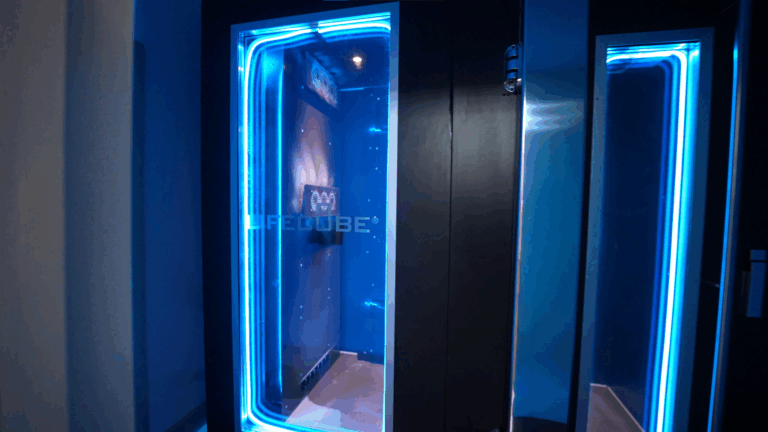
If you’ve never heard of cryotherapy, picture this: you step into a sleek chamber (wearing minimal clothing and thermal gloves), the door closes, and cold air or vapour surrounds your body for 2–4 minutes. The temperature plummets, triggering a short, sharp shock to your system. It’s cold. Really cold. But it’s quick—and surprisingly invigorating.
There are two main types:
- Whole-body cryotherapy (WBC): Your entire body is exposed to the freezing air (except your head in some machines).
- Localized cryotherapy: Targeted cold therapy for a specific area (often used for injuries or inflammation).
While it might sound like something straight out of a sci-fi film, cryotherapy has been around since the 1970s, originally developed in Japan for rheumatoid arthritis. Since then, it’s gained traction in sports recovery, beauty, and now—mental health.

Cryotherapy for Mental Health: What’s the Buzz?
The idea of using cold therapy to support emotional wellbeing isn’t as far-fetched as it sounds. In fact, there’s some real science behind it.
When your body is exposed to extreme cold—even briefly—it kicks your nervous system into gear. Your body thinks it’s in danger and responds accordingly. But instead of causing harm, this “good stress” (known as hormesis) triggers a chain reaction of positive changes:
- Increased endorphins: These are your body’s natural feel-good chemicals.
- Boosted norepinephrine: This neurotransmitter helps regulate attention, focus and mood.
- Reduced cortisol: Your stress hormone gets dialled down after the session ends.
- Improved blood flow: That rush of circulation helps energise the body and brain.
In simple terms, a few minutes in the cold may help balance the chemicals that influence anxiety, mood swings and low motivation.
Can Cryotherapy Help with Anxiety and Depression?
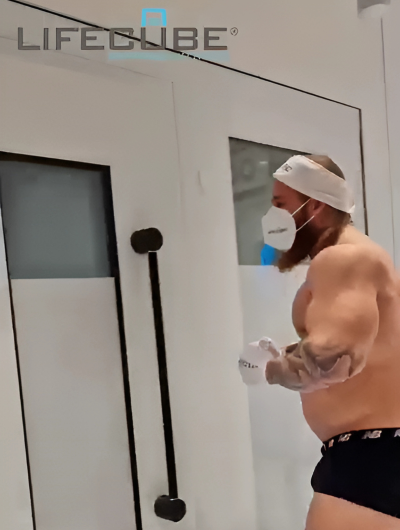
That’s the million-pound question—and research is starting to catch up.
Some small studies and anecdotal evidence suggest cryotherapy could be beneficial in reducing symptoms of anxiety, depression and even burnout. One 2008 Polish study found that after just a few sessions of whole-body cryotherapy, patients with depression reported significant improvement in mood, energy and overall wellbeing.
Another review in Frontiers in Psychiatry (2020) noted that cold exposure might activate neural circuits associated with positive emotion and resilience, especially in people with anxiety or depressive symptoms.
Of course, the research is still in its early stages, and cryotherapy isn’t a standalone treatment. But as an add-on to therapy, medication or lifestyle changes? It could offer real promise—especially for those looking for a drug-free, holistic option.

The Mood-Boosting Science Behind the Chill
Let’s dig into the mechanics. When you expose your body to cold, a few interesting things happen:
- Fight-or-Flight Response: Your body goes into “alert” mode, stimulating the sympathetic nervous system. You become more focused, alert and—after the session—surprisingly relaxed.
- Endorphin Release: Just like after exercise or a hearty laugh, your brain releases a flood of endorphins. You get that natural high, often followed by a calm, grounded feeling.
- Reduced Inflammation: Chronic low-grade inflammation is linked to depression and anxiety. Cryotherapy has been shown to reduce inflammatory markers like C-reactive protein (CRP), which could explain the mental benefits too.
- Improved Sleep: Many people report deeper, more restful sleep after cryotherapy sessions—especially those doing it in the evening. Better sleep = better mood.
All of this creates the perfect storm for a mental reset.
Real People, Real Results
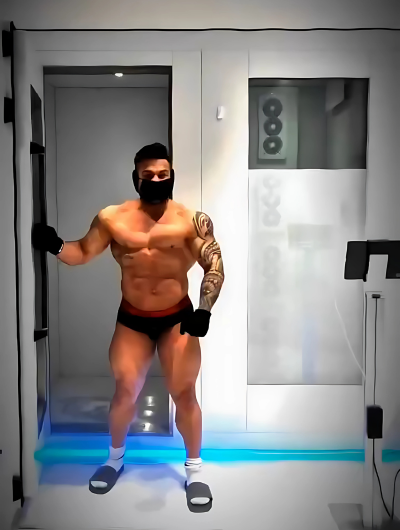
So what do people actually feel after a cryo session?
Many describe a mental clarity they haven’t felt in ages. That foggy, overwhelmed brain starts to feel sharper. Some say they experience a kind of emotional “lift” or lightness that lasts for hours—or even days.
For others dealing with high-pressure jobs or chronic stress, cryotherapy becomes part of a weekly wellness routine. It’s not just about aesthetics or fitness—it’s about feeling mentally strong and resilient.
London-based wellness clinics have reported more and more clients asking specifically about cryotherapy for mental health, not just muscle recovery. People are genuinely seeking new tools to manage the mental chaos of modern life, and cold therapy is proving to be an unexpected ally

Is Cryotherapy Safe for Everyone?
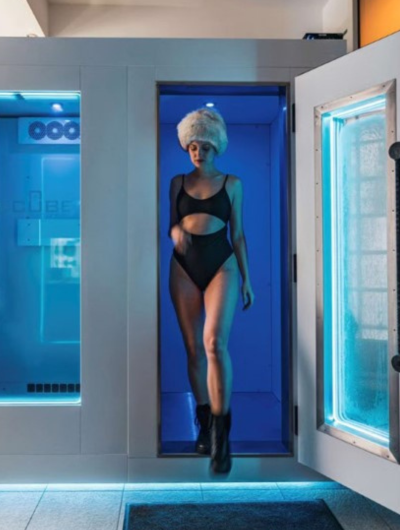
In general, yes—but with a few caveats.
Whole-body cryotherapy is considered safe for most healthy adults when done under proper supervision. However, it’s not recommended if you have:
- Uncontrolled high blood pressure
- Cardiovascular issues
- Severe anaemia
- Raynaud’s disease
- Cold allergies
It’s also not suitable during pregnancy.
If you’re considering trying it to help with mental health, always check with your GP or mental health provider first—especially if you’re already on medication or in therapy. Think of cryotherapy as a complement, not a cure. Many wellness clinics now offer cryotherapy packages in london, making it easier to explore the benefits regularly without breaking the bank.

How Often Should You Do It?
Consistency seems to be key.
Most people benefit from 2–3 sessions per week when starting out, especially if you’re using it as part of a mental wellness plan. After the initial phase, some drop down to once weekly or as needed.
You don’t have to go all-in straight away. Some clinics offer “taster” sessions or bundle deals so you can see how your body (and mind) respond without committing long-term.
Pairing Cryotherapy with Other Mental Health Tools
Let’s not pretend cryotherapy is a magic bullet. It’s one piece of the puzzle.
If you’re struggling with anxiety, low mood or emotional burnout, consider combining cryotherapy with other evidence-based tools like:
- Talking therapy (CBT, counselling, etc.)
- Mindfulness and breathwork
- Exercise and movement
- Journaling or creative expression
- A solid sleep and nutrition routine
Cryotherapy works best when it’s part of a wider self-care toolkit—helping you feel more present, less reactive, and better able to handle life’s ups and downs.
What to Expect at Your First Session
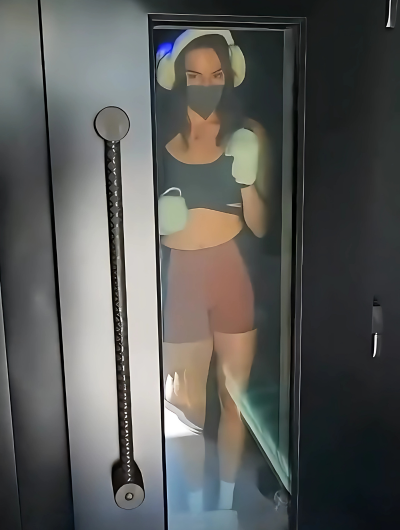
Feeling nervous about stepping into the deep freeze? Totally normal.
Here’s what usually happens:
- You’ll get a short briefing—safety checks, what to wear, and what to expect.
- You’ll change into thermal socks, gloves, and light clothing (usually shorts and a sports bra or shorts and tee).
- The session lasts around 2–3 minutes. Music may be playing to keep your mind off the cold.
- Afterwards, you’ll warm up quickly, often feeling refreshed and energised.
It’s intense, but over before you know it. And trust us—once you get past that first shiver, it can be addictive in the best way.

Is Cryotherapy Worth Trying for Mental Health?
If you’re open-minded, curious and struggling with mood or anxiety, cryotherapy could be worth a go. The early science, combined with real-world feedback, suggests that short bursts of cold can help balance the brain and support emotional wellbeing.
But just like any wellness trend, it’s not for everyone. Some love it. Others don’t feel much at all. The key is listening to your body—and working with qualified professionals to find what truly helps you feel better, long term.
In a world that’s constantly buzzing, scrolling, and spinning at 100 miles per hour, maybe a few moments in the cold is exactly the mental pause we need.
Have you tried cryotherapy for mental health? Whether you’re a seasoned freezer or just curious, let us know your thoughts—and don’t be afraid to explore the cold side of calm.
FAQ
What is cryotherapy for mental health?
Cryotherapy for mental health refers to the use of short, controlled exposure to extremely cold temperatures to help improve mood, reduce anxiety, and support emotional wellbeing. It works by stimulating the nervous system, boosting endorphins, and reducing inflammation in the body and brain.
Is cryotherapy safe for everyone?
Cryotherapy is generally safe for healthy adults, but it’s not suitable for people with conditions like uncontrolled high blood pressure, heart problems, cold allergies, or Raynaud’s disease. Pregnant women should also avoid it. Always consult your GP before starting.
Does cryotherapy help with sleep?
Yes, many users report better sleep after sessions. Cryotherapy may help regulate the nervous system and reduce stress, both of which contribute to deeper, more restful sleep—an essential component of mental health.
What should I wear during a session?
Most clinics provide thermal socks, gloves, and appropriate footwear. You’ll typically wear shorts (and a sports bra for women) to expose as much skin as possible while protecting extremities. Always follow the clinic’s guidelines.
Can I combine cryotherapy with other mental health treatments?
Absolutely. Cryotherapy can be used alongside counselling, medication, mindfulness, exercise, and other self-care practices. It’s best used as part of a holistic approach to mental wellness.

